From the French Mediterranean to the Biscayne Bay, in HD (1080x1920). Panning and zooming required for viewing on lower than standard resolution screens. Downloading this entire photo essay will take no less than eight minutes and possibly as long as fiften minutes on a dial-up connection. High speed connections will typically take less than 30 seconds (1 megabit per second or faster).
Click to auto zoom for older laptop computer screens 768x1366.
For higher image quality Larger Files also available.
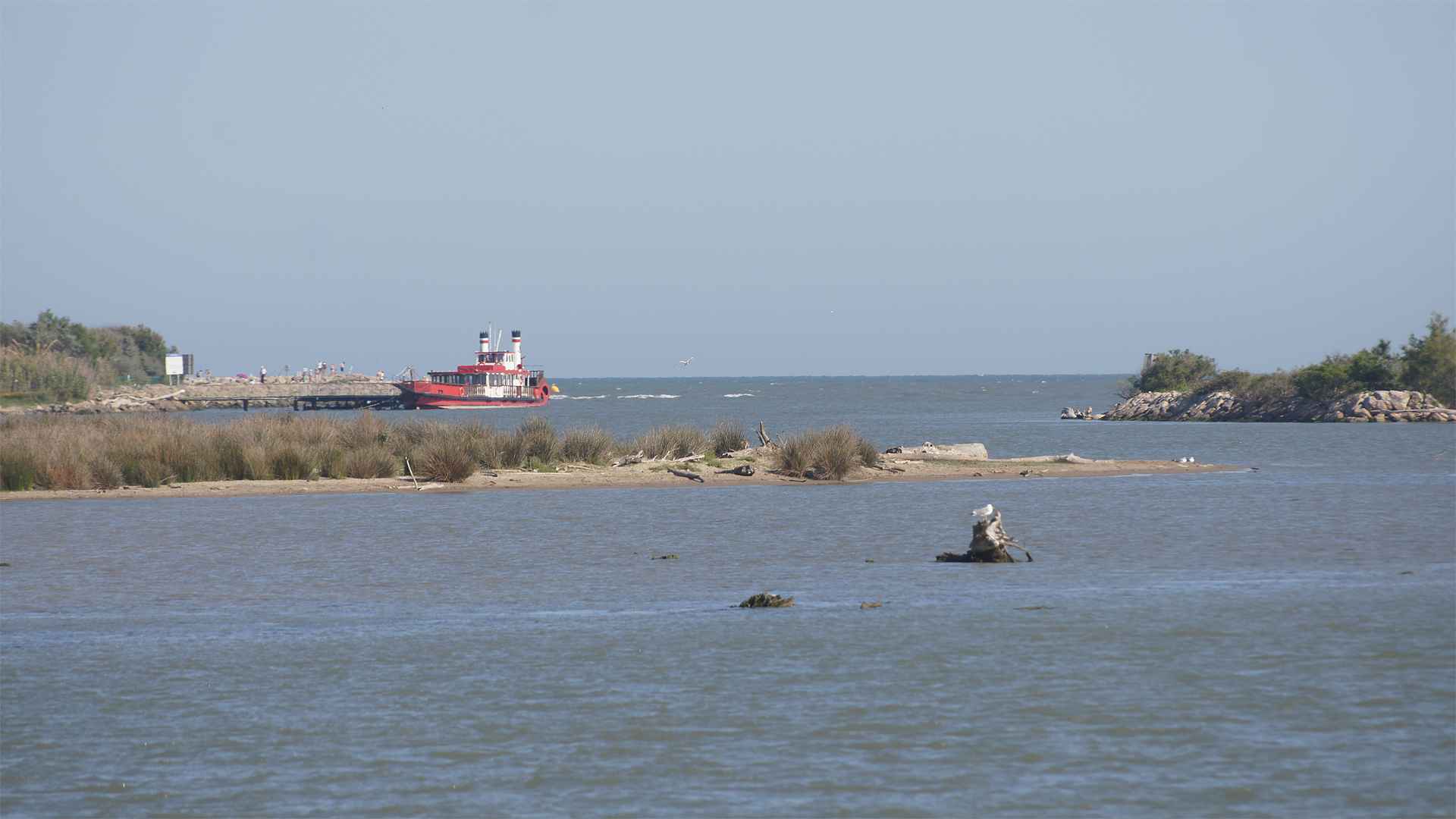
The usual entrance point for the inland European canal and river system from the Mediterranean is through the Canal Saint Louis and into the River Rhone. As the commercial area around the Rhone looked dirty and unappealing we decided to carry on to le Petite Rhone another 26 miles west along the coast. We did not have any information about the entrance to le Petite Rhone other than that there was a sandy bar with about 1.2m over it. As it was a calm afternoon and high tide (0.2m in the Med) we decided to give it a go. As it turned out we had just over five feet over the bar, and once inside the water was very deep.
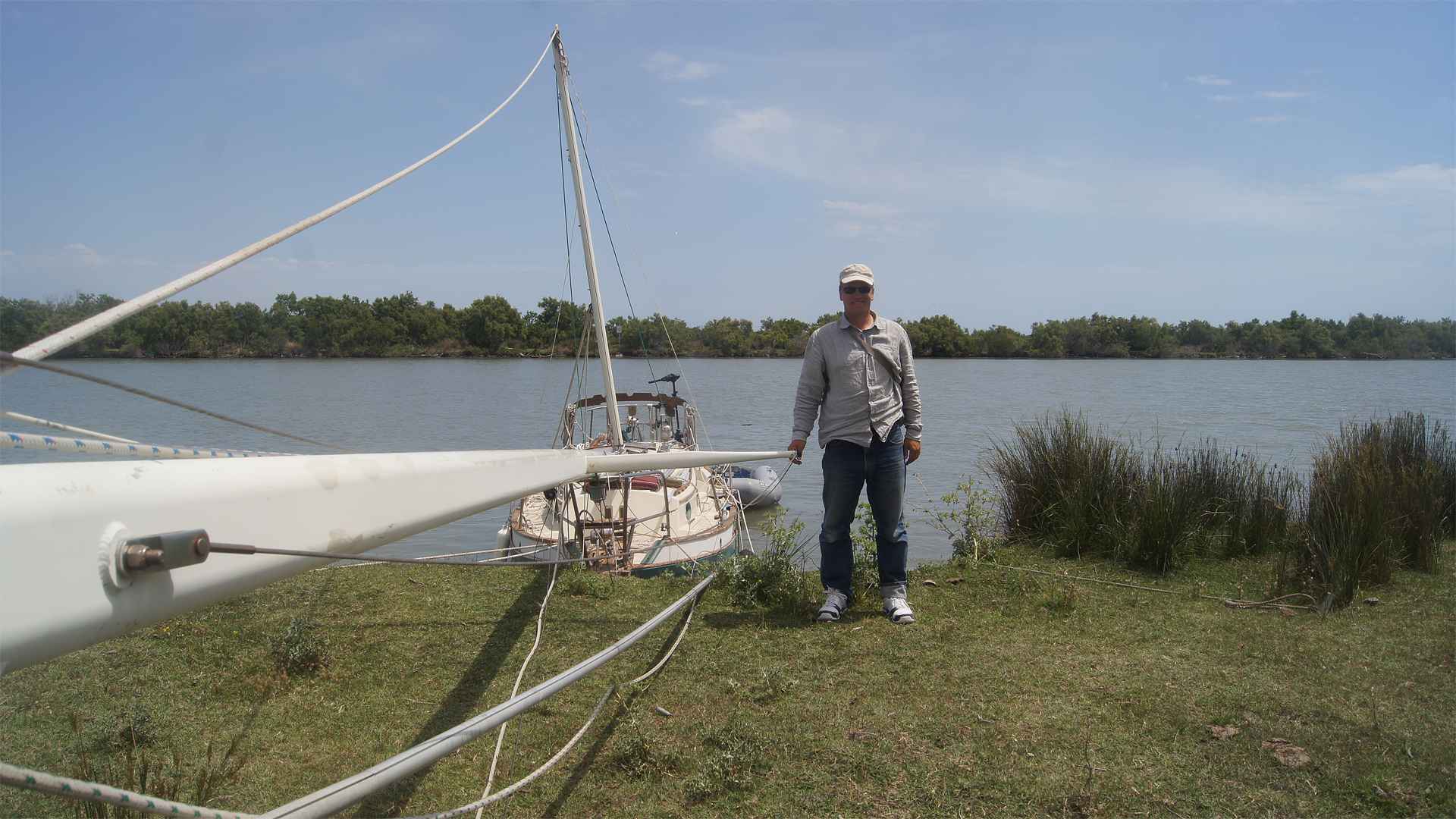
The grassy banks of le Pettit Rhone made un-stepping the mast a breeze. As we had not brought our bow pulpit roller, being able to walk the mast back onto the boat after dropping made the operation considerably easier.
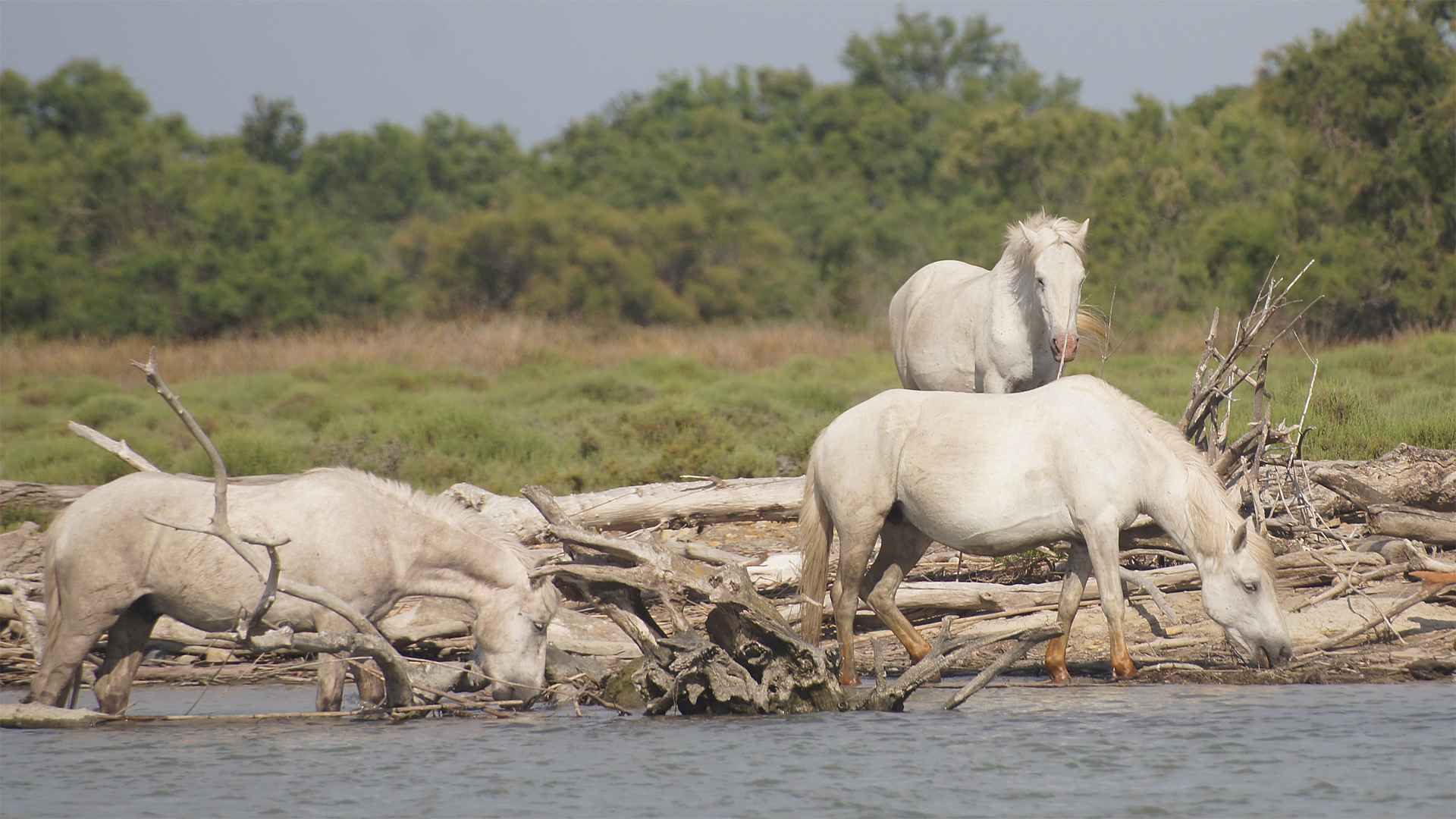
The wild horses of the Camargue wilderness along the banks of Le Petite Rhone came running to the water’s edge as we passed by. The horses might be wild, but they seem to know how to volunteer for a regular grain diet.
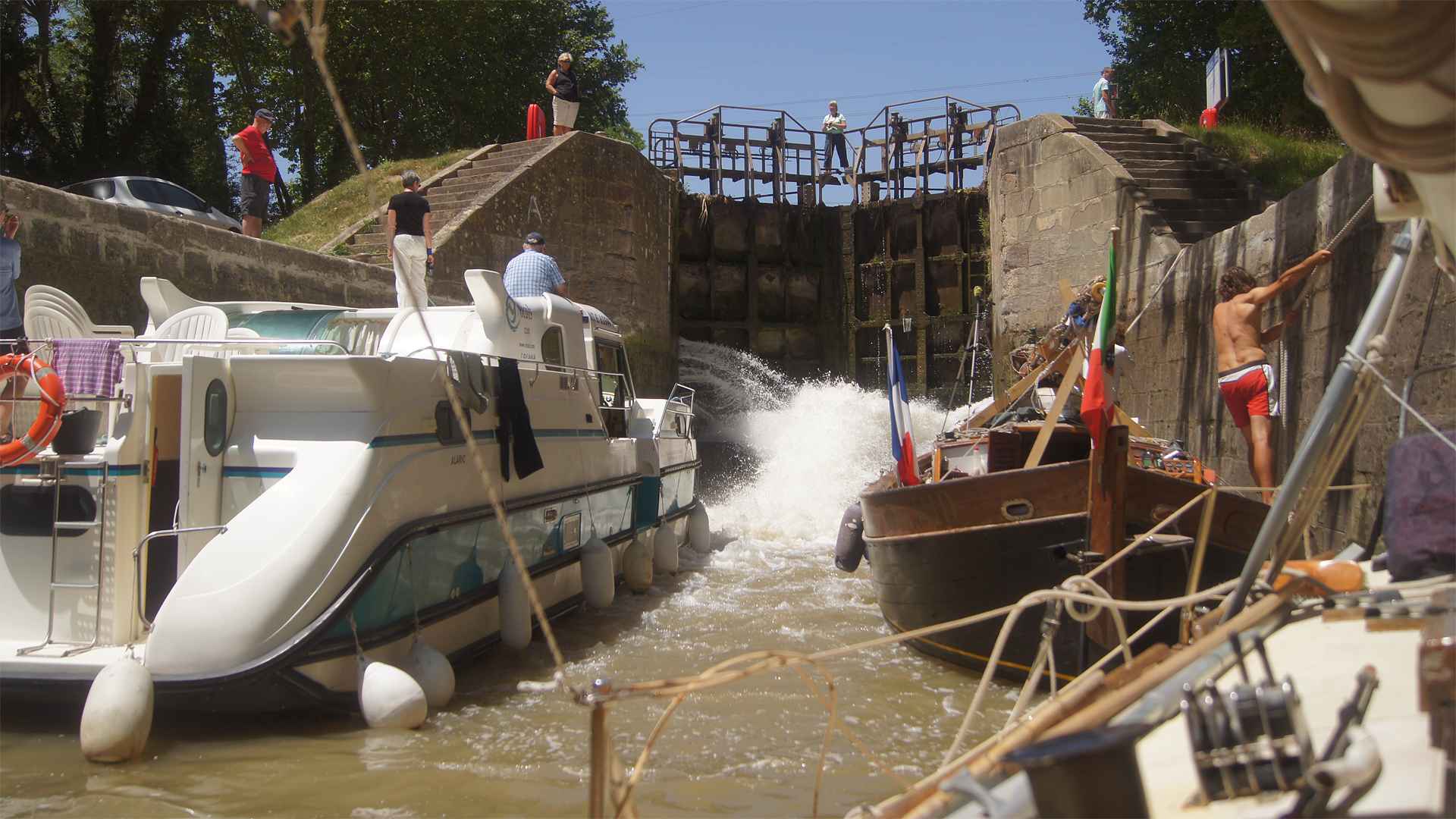
The main attraction of Le Canal du Midi is 17th century oval locks. Not only are the very old locks of great historical interest, but the torrent of white water gushing everywhere is as much fun as a water park.
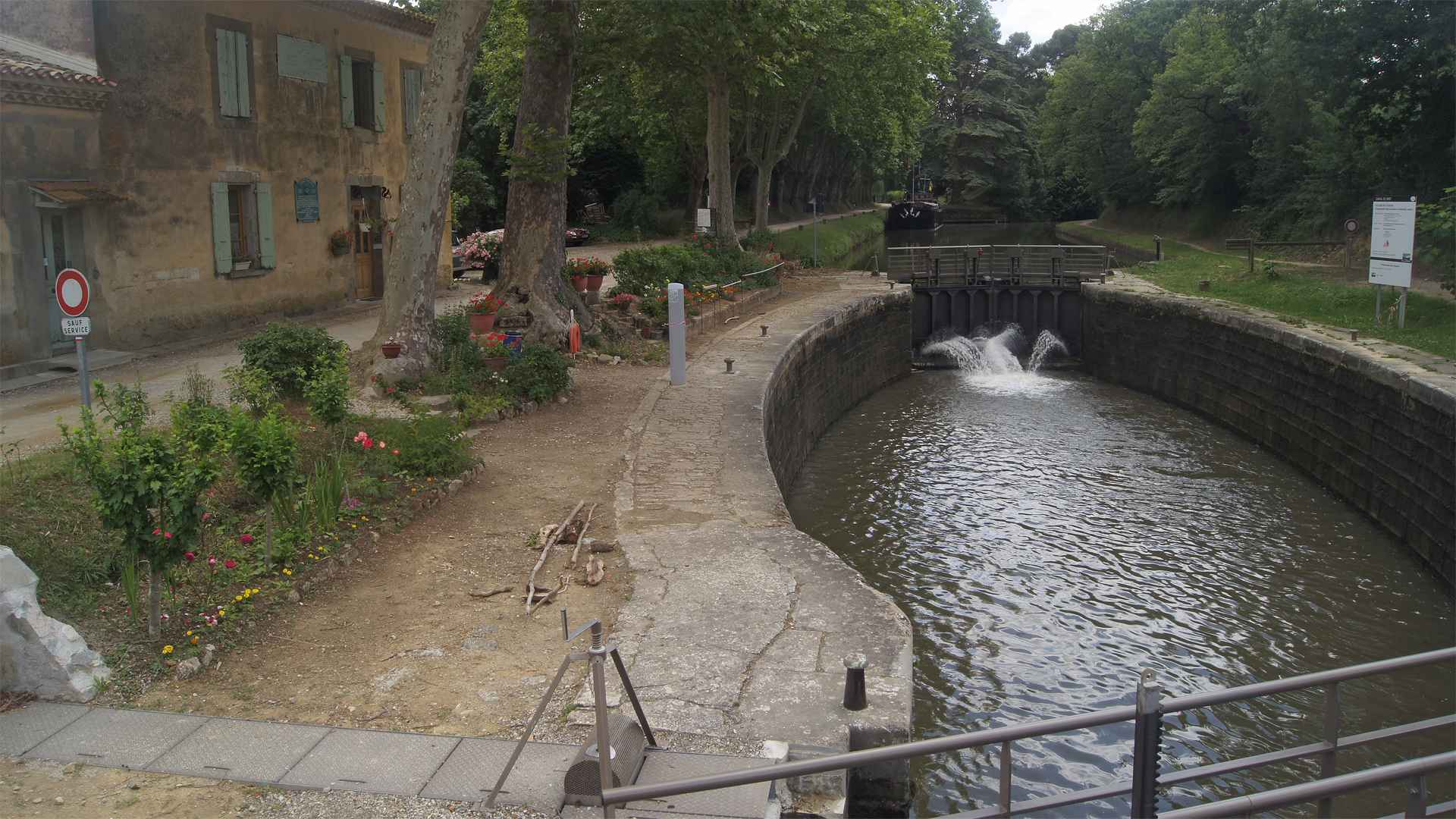
The oval shape of the locks is inefficient (uses more water than a rectangular lock) for a single barge, but works particularly well for packing three or four smaller vessels in at the same time.
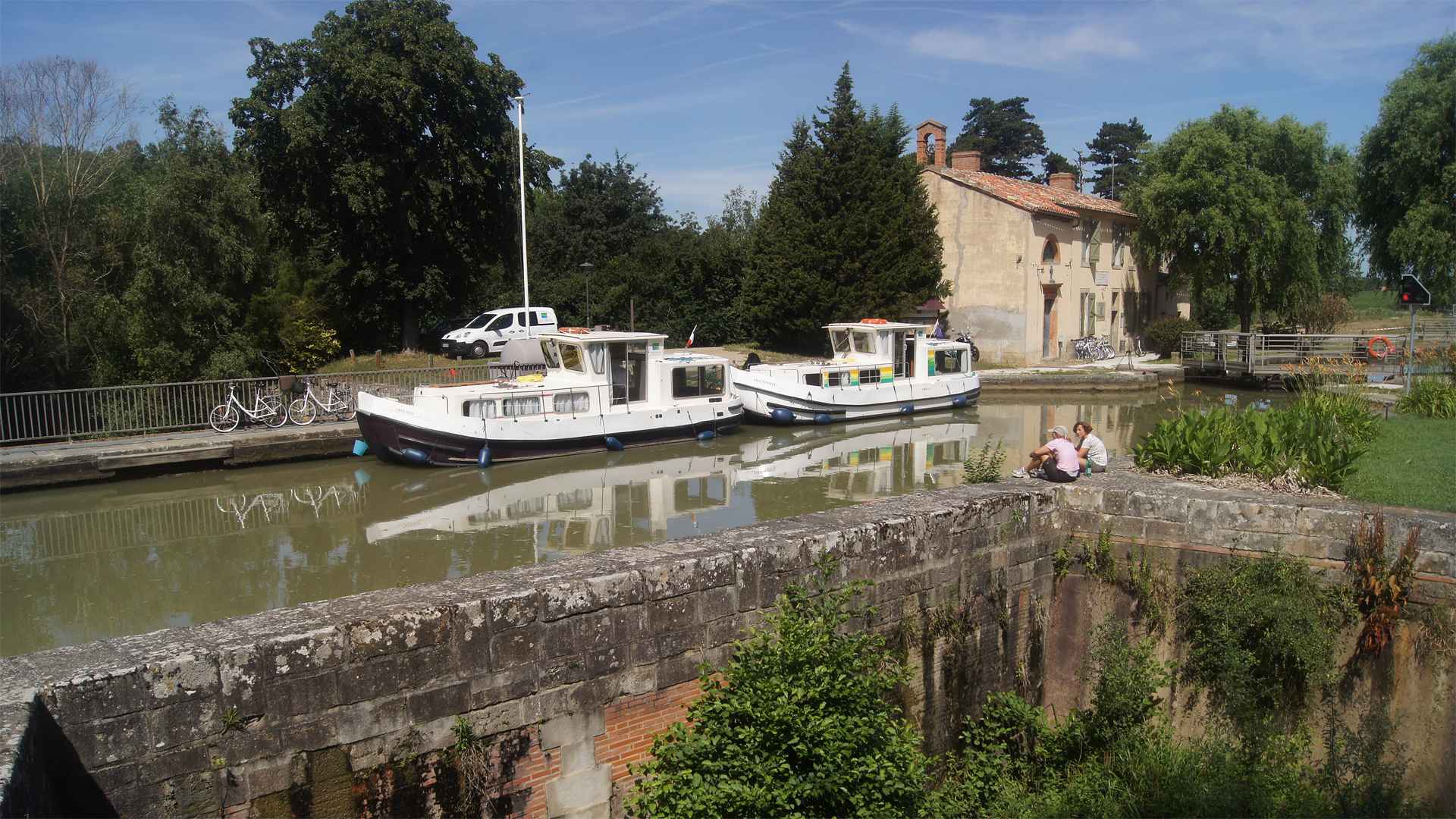
The entire canal is such a spectacle that it draws a steady stream of bicycle riders and hikers meandering the banks and watching the show.
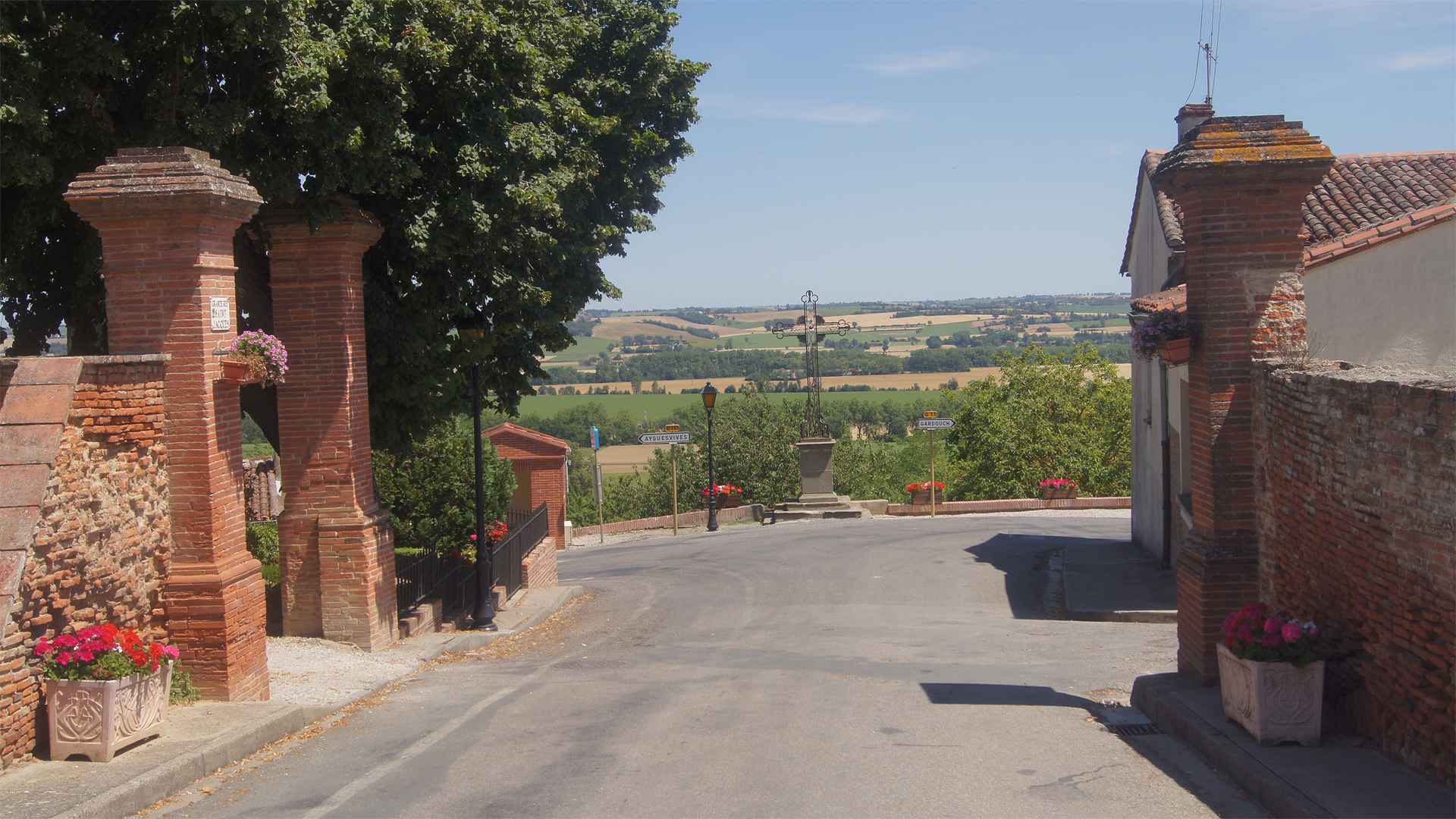
A view of the French country side from above the canal.
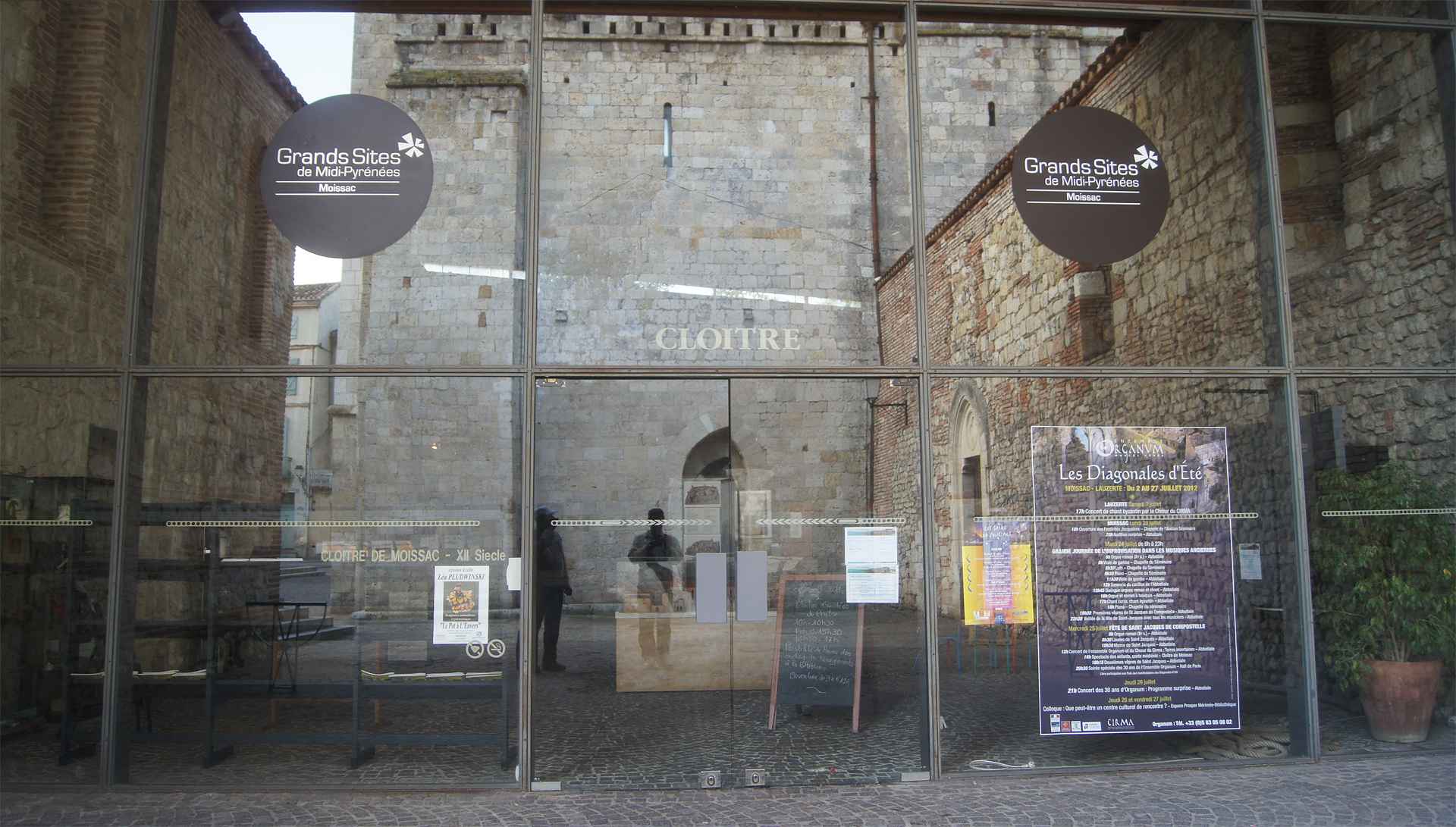
The Abbey of Saint Peter in the town of Moissac on display in a glass case. The Romanesque architecture mostly dates from the eleventh and twelfth centuries, but the history of the Abbey is said to go back much further.
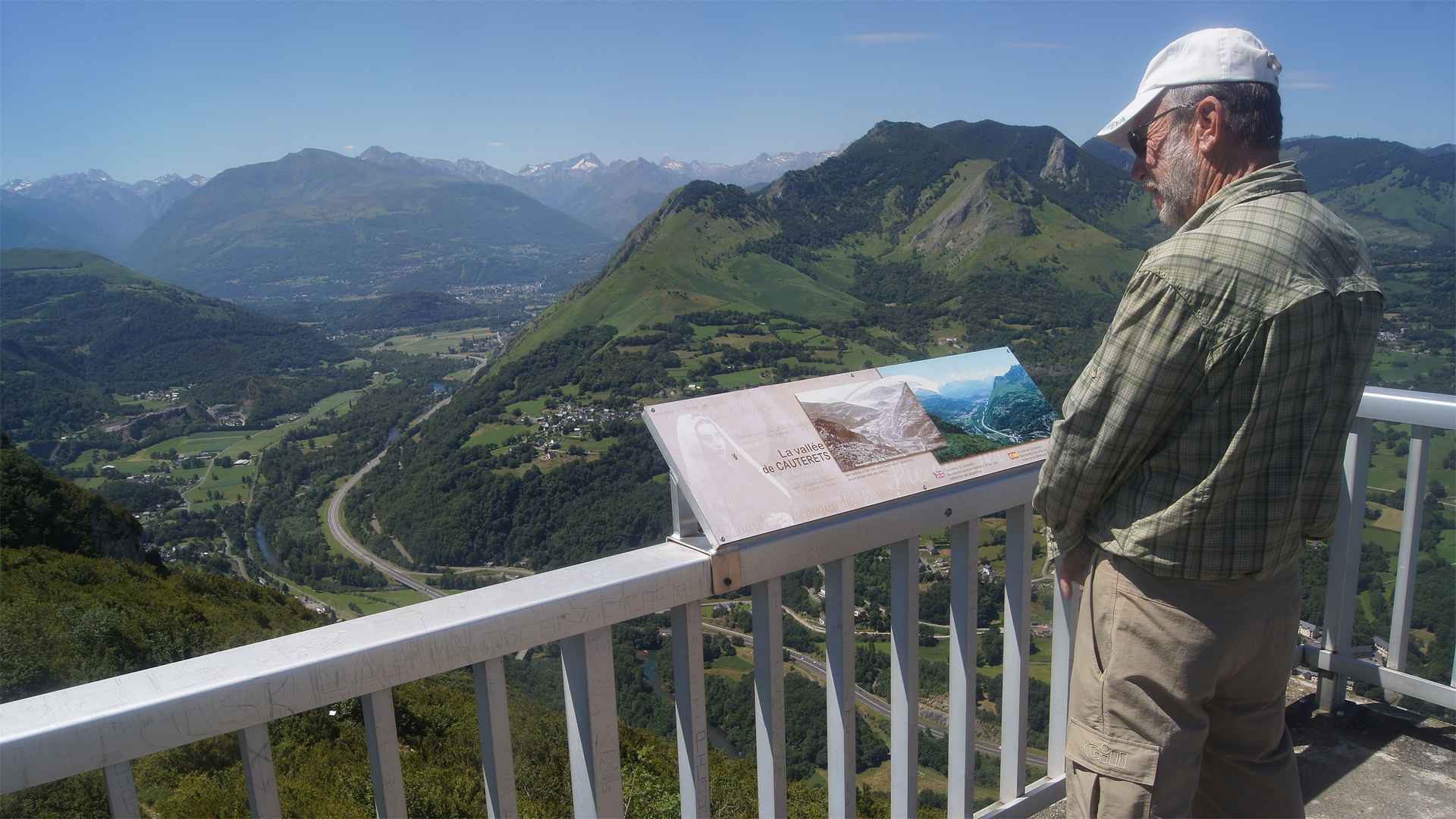
The Pyrenees mountains can often be seen from hilltops along Le Canal du Midi.

The small mountain roads are an attraction in themselves. The Tour de France passes through this territory on it's way over Le Col du Tourmalet.
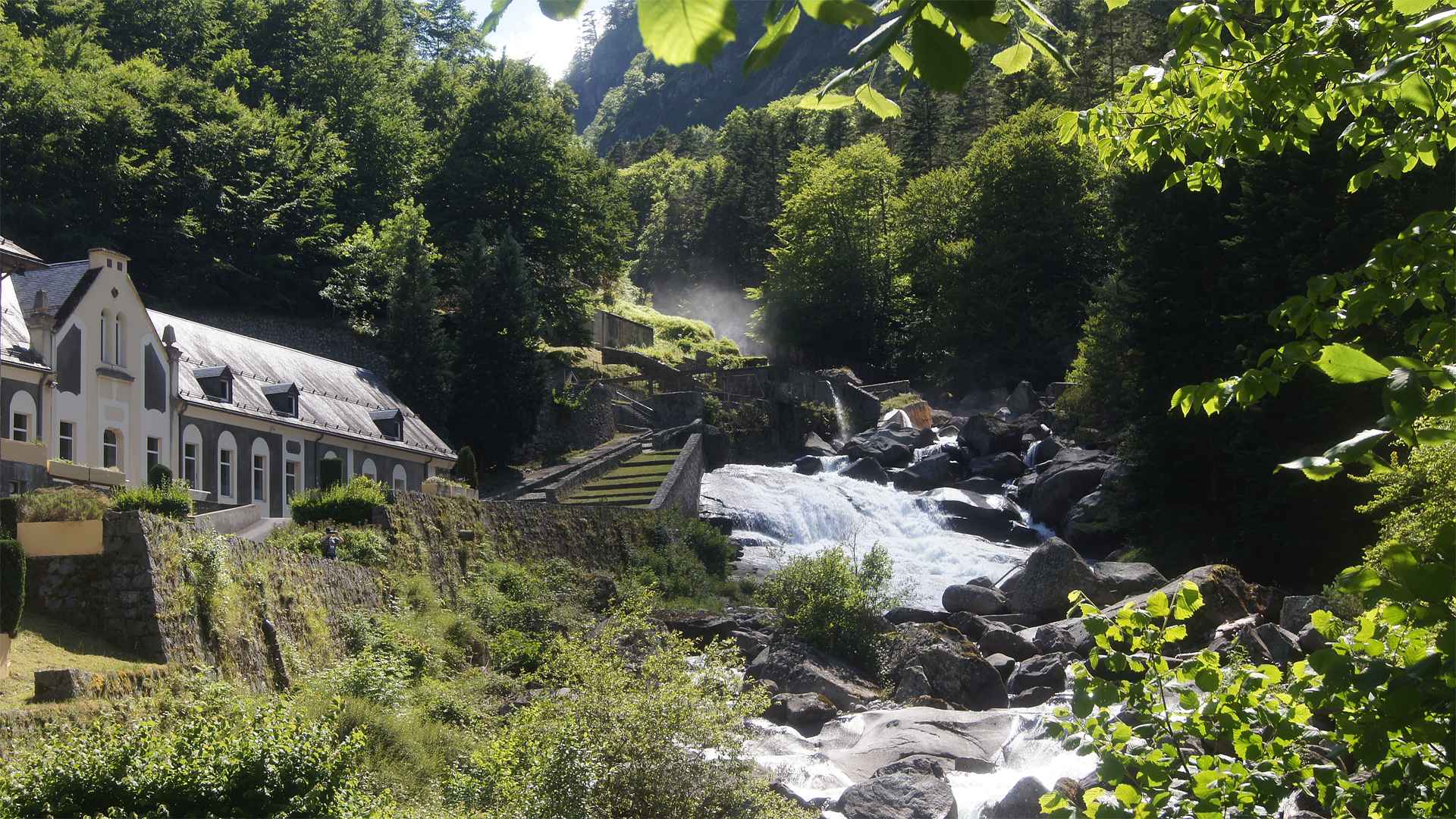
The old bath house at Cauterets.

Barns reflecting in the canal.
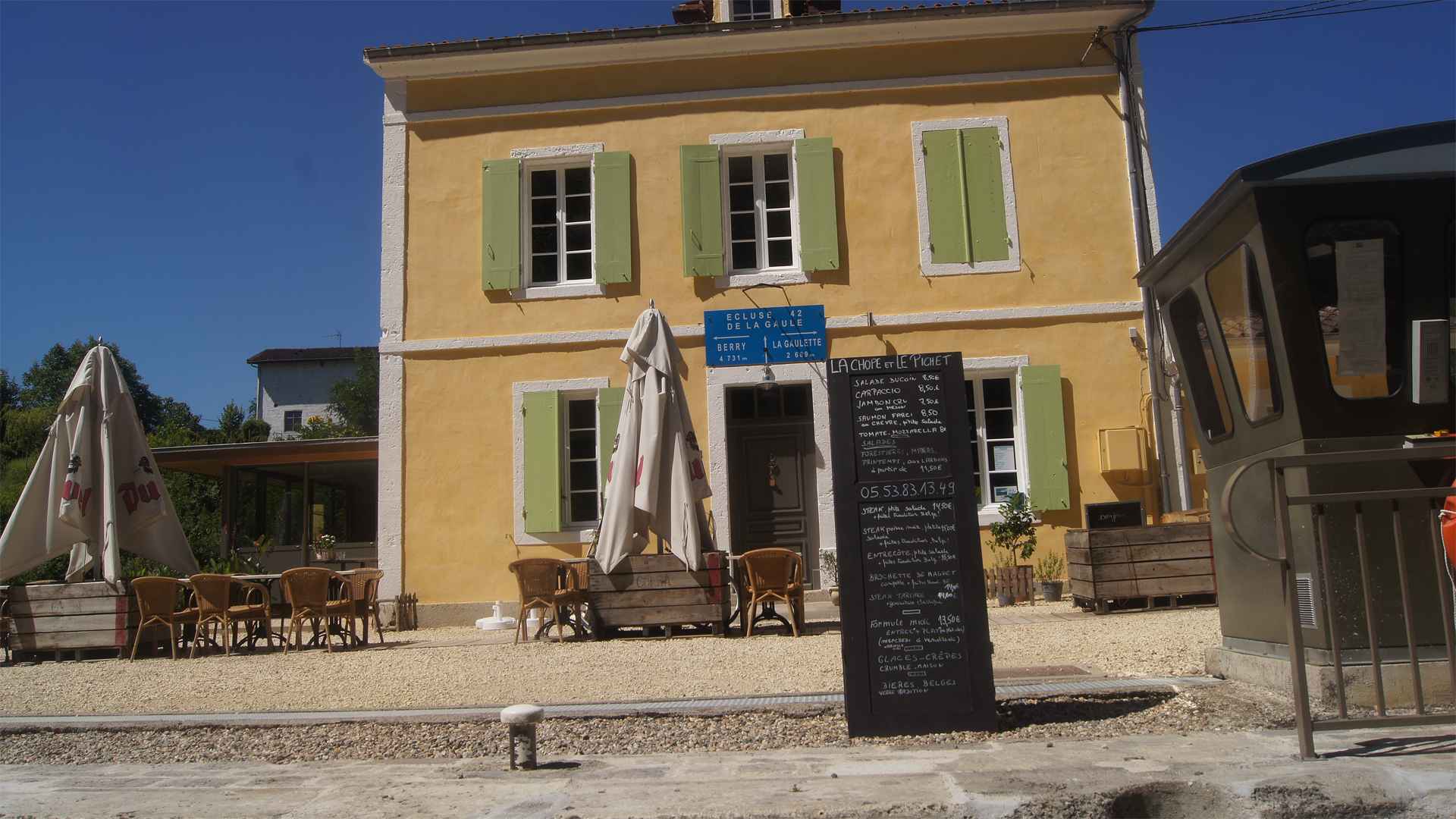
The newer 19th century section of the canal west of Toulouse is much less popular for recreational boating, but many of the old lock keepers dwellings are now restaurants.

The rectangular locks are automated, but the canal is so disused that marine growth nearly blocks the canal. The double red lights seen here indicate that the automated lock has malfunctioned. We had to wait until after the long lunch break for a canal worker to come out to clear some of the plant material and restart the lock.

This lock looks like it had not been filled very often in recent months.

Once out on the open waters of the Garonne River it is the strong tidal currents that dictate the movement of boats.

Mansions and vineyards along the river bespeak the wealth that wine and shipping once imparted to the area around Bordough.
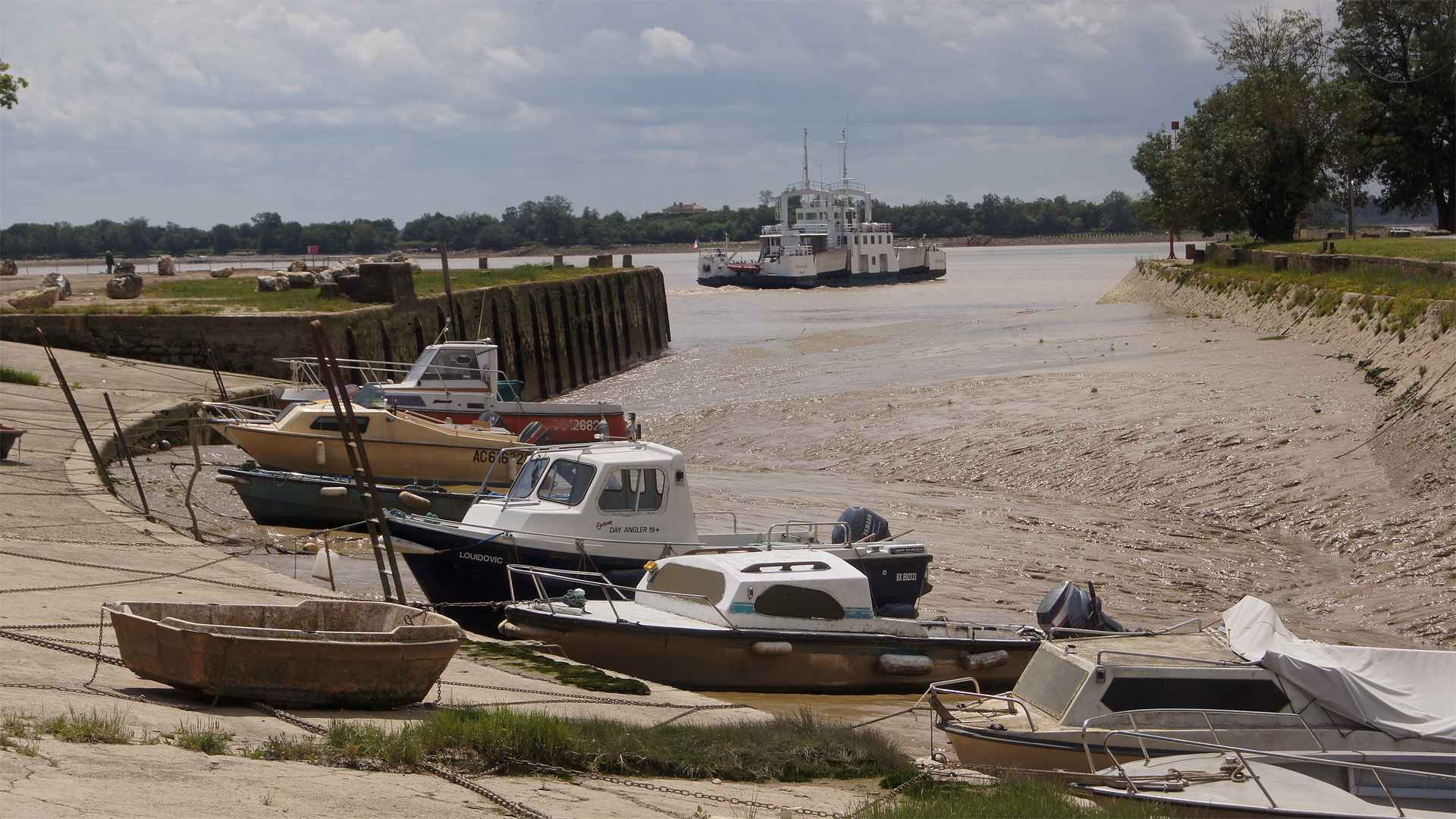
The small ports along the river look appealing at high tide, but low tide reveals a different reality.
Back to Photo Essay Index